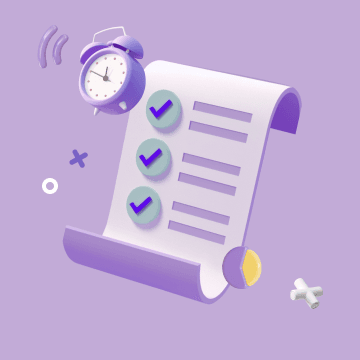
Why Current AI Stock Analysis Struggles with Future Risk Forecasting
The short answer:
Most AI stock analysis tools struggle to forecast future risks because they are primarily built on backward-looking data — historical performance metrics and fundamentals — without fully integrating real-time event tracking, inferred sentiment, and scenario-based simulations. This means they excel at explaining a company’s past but often miss predicting disruptions that could impact its future performance.
In my own investing workflow, I’ve seen how relying solely on AI fundamentals reports can create blind spots — from failing to anticipate political headwinds to overlooking industry-specific catalysts.
The Backward-Looking Nature of AI Stock Analysis
Most AI models process historical fundamentals — revenue growth, margins, debt ratios, cashflow. While crucial for understanding operational health, these metrics only tell part of the story.
For example, when I evaluated semiconductor stocks in 2024, NVIDIA ranked top based on fundamentals:
- FY2022 Revenue: $27B
- FY2023 Revenue: $61B
- FY2024 Revenue: $130B
But the model did not flag potential supply chain vulnerabilities or competition threats that could affect NVIDIA in 2025. Without forward-looking risk modules, AI can unintentionally produce static analysis in a dynamic market.
The Limits of Ignoring Live Events and Macro Signals
One challenge I’ve repeatedly faced is that many AI investing tools aren’t wired for continuous event ingestion.
For example, I held shares in a fundamentally strong casino operator. Fundamentals predicted stability, but what moved the stock was signing a major international partnership — a short-term catalyst no static model could foresee.
Similarly, Tesla’s fundamentals in 2024 looked robust, but:
- Declining EV sales in Europe
- Aggressive competition from Asia
- Political controversies affecting brand sentiment
These risks were invisible to my fundamentals-only AI until after the price reaction had begun.
Bias in AI Models Without Real-Time Sentiment Analysis
Bias creeps in when AI models rely heavily on past positive metrics, carrying forward old optimism despite changing conditions.
I learned this firsthand when my model continued to rank Tesla as a strong buy well into a period of shrinking demand. Integrating inferred sentiment — assessing tone and context from multi-source news — exposed a short-term market confidence drop, shifting my strategy before the stock entered high volatility.
The Need for Scenario-Based and Probabilistic Forecasting
True risk forecasting requires “what-if” simulation:
- Interest rate hikes affecting borrowing costs
- Regulatory changes impacting sector profitability
- Geopolitical shifts influencing global demand
Few current AI stock analysis tools run probabilistic models at scale. In my tests, adding scenario simulations improved alignment with actual market outcomes, especially during policy-heavy quarters.
How to Overcome AI’s Future Forecasting Limitations
Over time, I’ve built a hybrid approach to close the gap:
- Combine fundamentals with event tracking — Monitor policy changes, product launches, industry news.
- Integrate inferred sentiment — Tools like bika.ai (with its Stock News Reporter agent) score live market mood in context, reducing bias drift.
- Apply scenario modeling — Model multiple possible futures for macro, sector, and company variables.
- Test model consistency — Ensure rankings remain logical across timeframes and market conditions.

Case Study — Avoiding Losses with Enhanced Risk Awareness
In Q3 2024, I used my enhanced workflow on a high-growth tech stock showing 40% YoY revenue increases. Fundamentals screamed “buy,” but event and sentiment layers revealed:
- Pending litigation with potential reputational damage
- Sector-wide investor caution due to interest rate hikes
I reduced position size ahead of earnings. Shortly after, sentiment turned sharply negative following court updates — the stock dropped 18% in two weeks. My partial exit preserved capital while keeping optionality for a future rebound.
Building an AI Investing Strategy That’s Truly Future-Ready
To forecast risks effectively, AI needs:
- Clean, comprehensive fundamentals
- Real-time multi-source event feeds
- Advanced sentiment inference
- Scenario-based outcome simulations
By using platforms like bika.ai for sentiment and event detection, then layering simulation frameworks, I’ve moved from explaining the past to anticipating the future.
Conclusion: Closing the Forecasting Gap Is Possible
Current AI stock analysis struggles with future risk forecasting because most tools stop at historically validated fundamentals. But markets are driven by both long-term strength and short-term shocks.
Integrating real-time events, inferred sentiment, and scenario simulations transforms AI from static analyst to dynamic risk forecaster.
This isn’t just theory — it’s the difference between riding out a storm profitably and getting caught in it unaware.

Recommend Reading
Recommend AI Automation Templates


